Marketing Glossary
A/B Testing
A method for comparing two versions of content (like ads, landing pages, or subject lines) to determine which performs better based on real user engagement.

Awareness Stage
The top of the marketing funnel where users first learn about your brand or offering. Messaging at this stage is designed to educate, not sell.

B2B Marketing
Short for “business-to-business marketing.” Refers to campaigns targeting organizations rather than individual consumers.

Bottom-of-Funnel (BOFU)
The stage of the funnel where leads are ready to take action (e.g., book a consultation, request a quote). Messaging here is more direct and conversion-focused.

Brand Positioning
The way your business is perceived in the market and by your target audience. It involves tone, messaging, and design choices that define how your brand stands apart from competitors.

CTA
Call-to-Action. A prompt that encourages the user to take the next step. Common CTAs include “Get a Quote,” “Download Now,” or “Book a Call.”
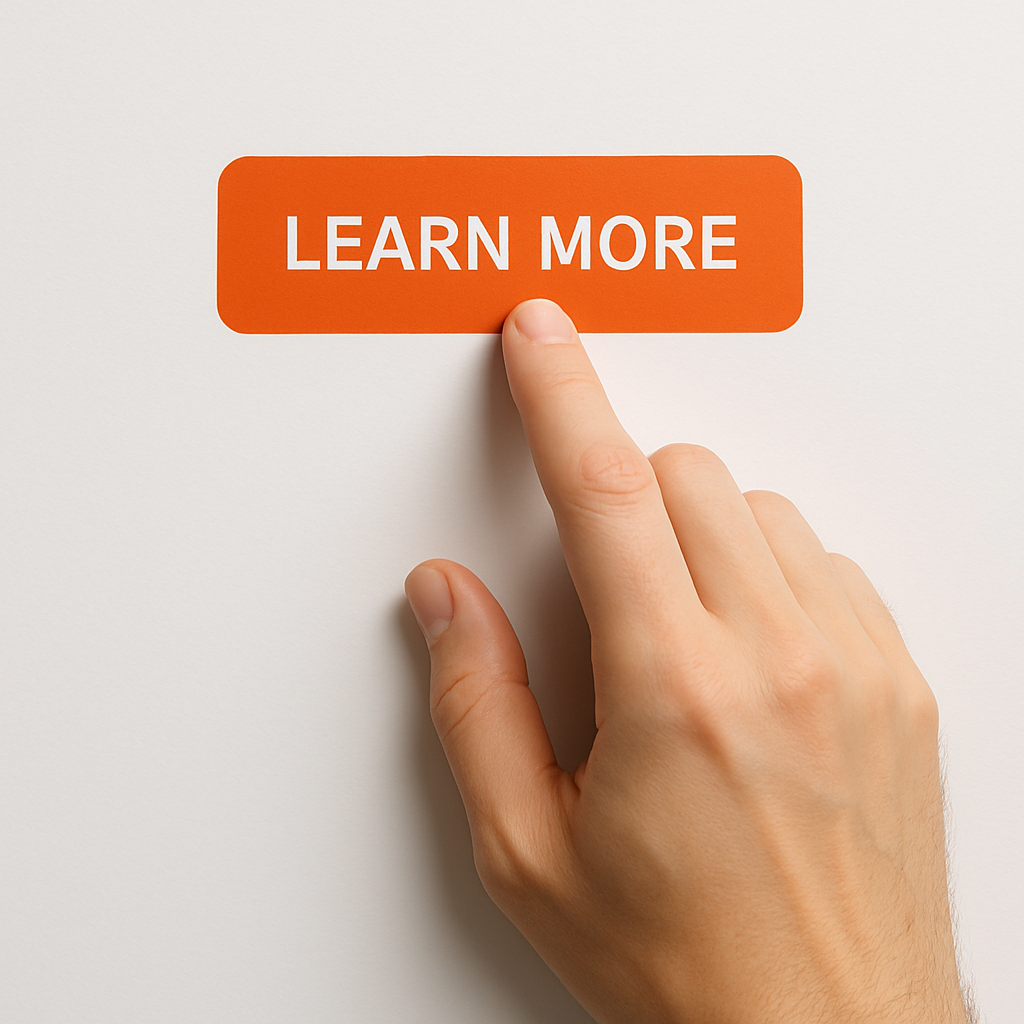
CTR
Click-Through Rate. The percentage of people who see your ad or link and actually click on it. A key metric in ad performance.
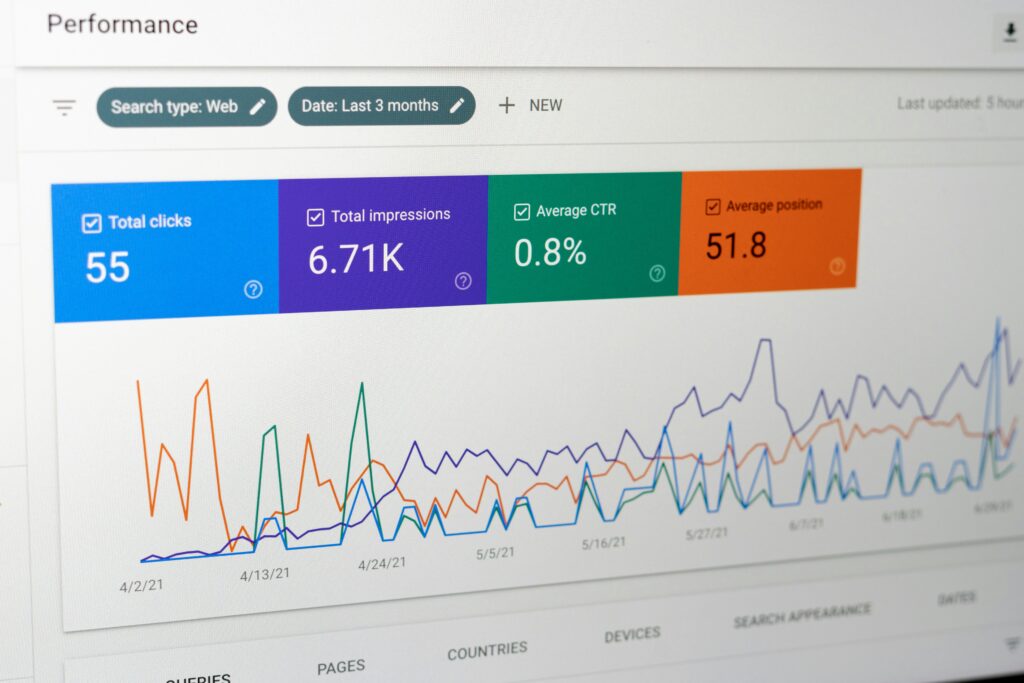
Content Marketing
The creation and distribution of valuable content (blogs, videos, guides) to attract, educate, and convert prospects.

Conversion
Any desired action taken by a user, such as filling out a form, calling a number, or making a purchase.

Conversion Rate
The percentage of users who complete a desired action (such as submitting a lead form) out of the total number of visitors.

Customer Journey
The full path a user takes from first discovering your brand to becoming a paying customer. This includes awareness, consideration, and decision stages.

Data-Driven Marketing
Marketing decisions guided by analytics, user behavior, and performance metrics, rather than intuition or assumptions.
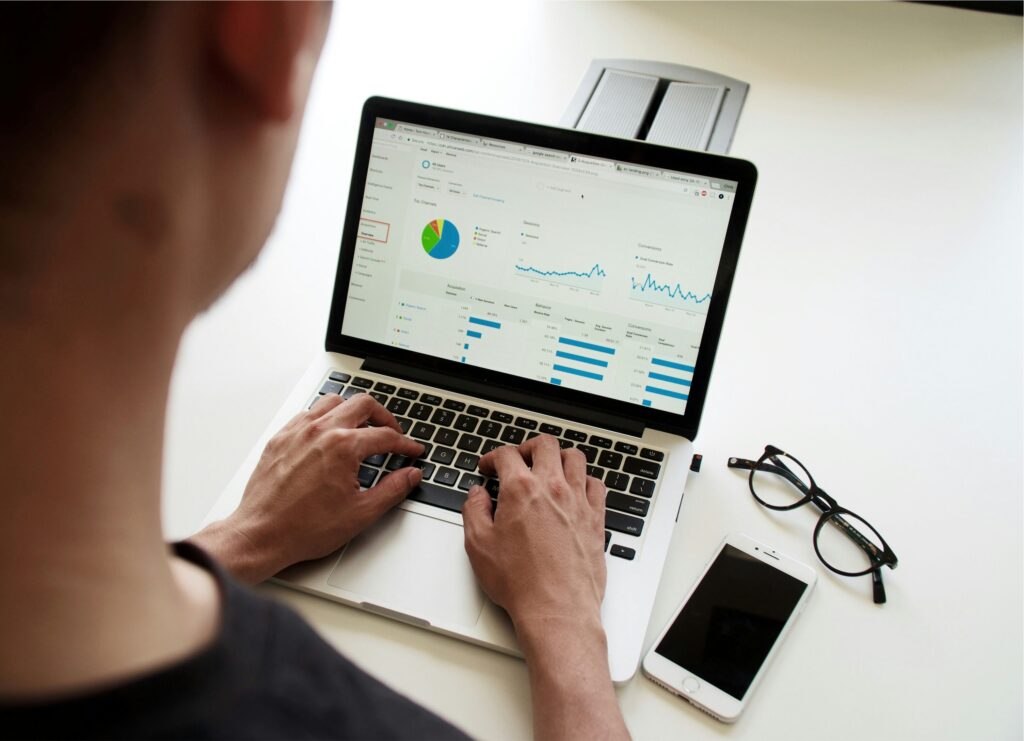
Engagement
User interaction with your content, such as likes, comments, shares, saves, or video views—especially important on social media.

Facebook is one of the core platforms under Meta, which also owns Instagram and WhatsApp. It’s widely used for both organic content and paid ads, especially for B2C and local business targeting.
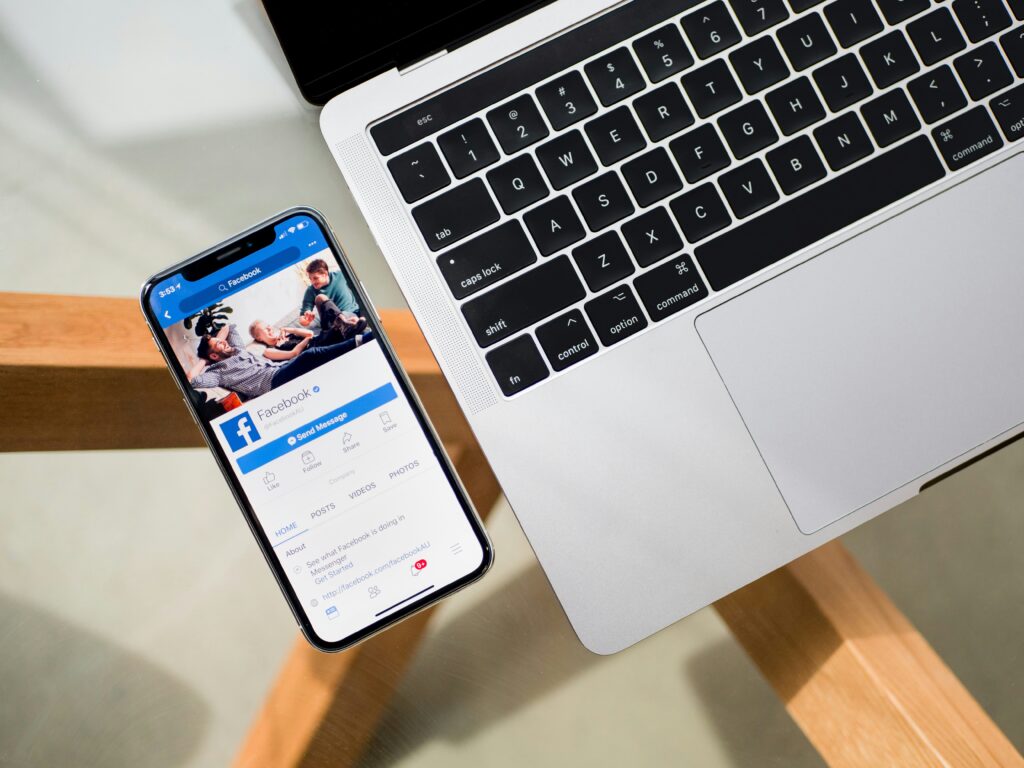
Funnel
A model describing the stages a customer goes through—from awareness to decision. Funnels include Top-of-Funnel (awareness), Middle-of-Funnel (consideration), and Bottom-of-Funnel (conversion).
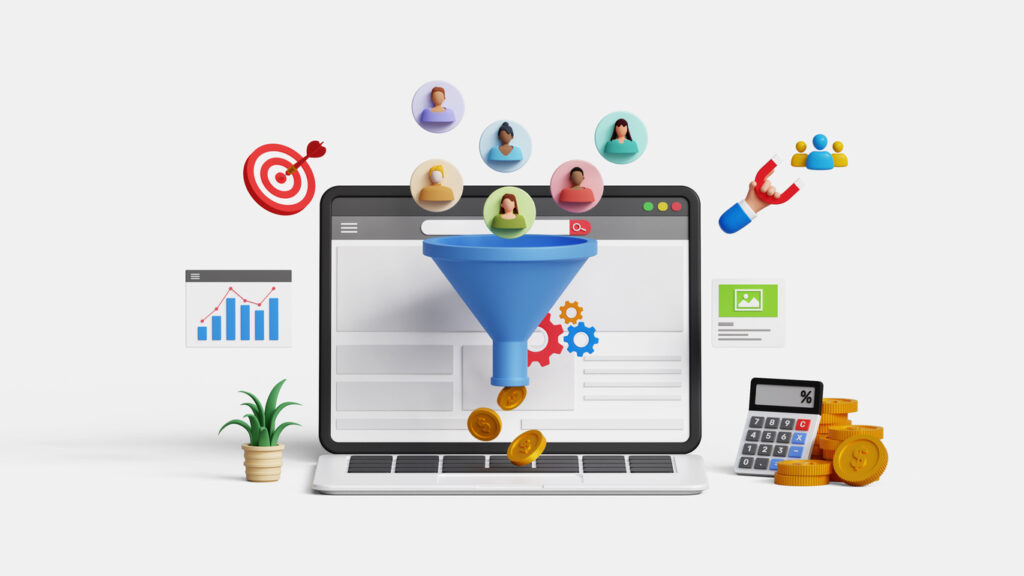
Geo-Targeting
A tactic where ads or content are delivered to users based on their geographic location.

Google Ads
A digital advertising platform by Google that allows businesses to serve ads across Search, YouTube, Gmail, and partner websites. Includes formats like Search Ads, Display Ads, and Performance Max.
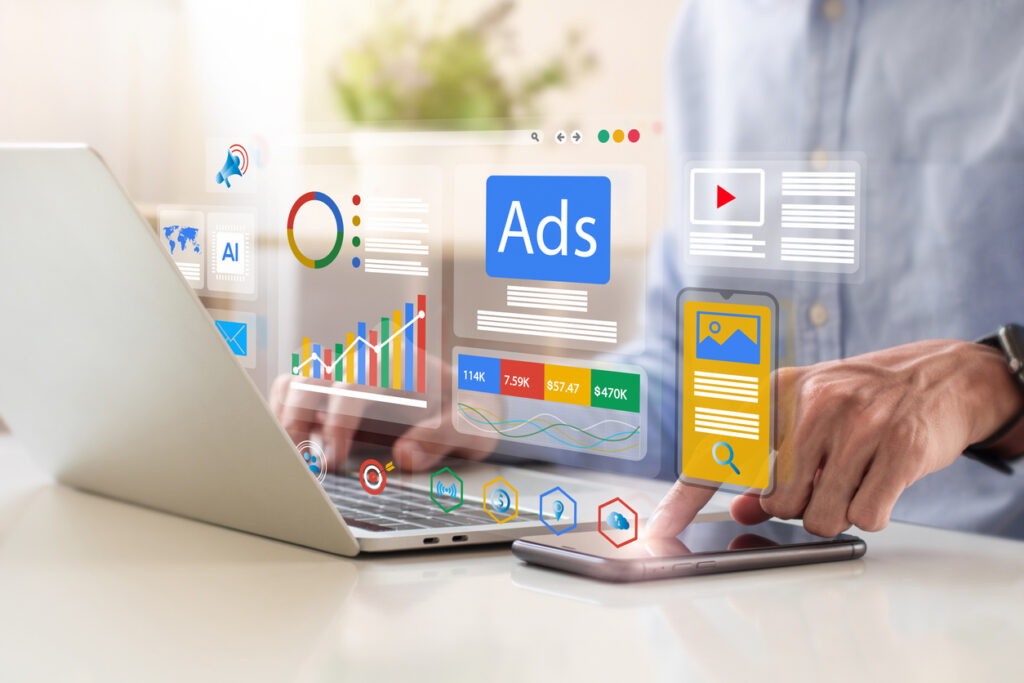
Google Analytics
Google Analytics 4 (GA4). Google’s current platform for website and app analytics. It helps track user behavior, traffic sources, conversions, and more.
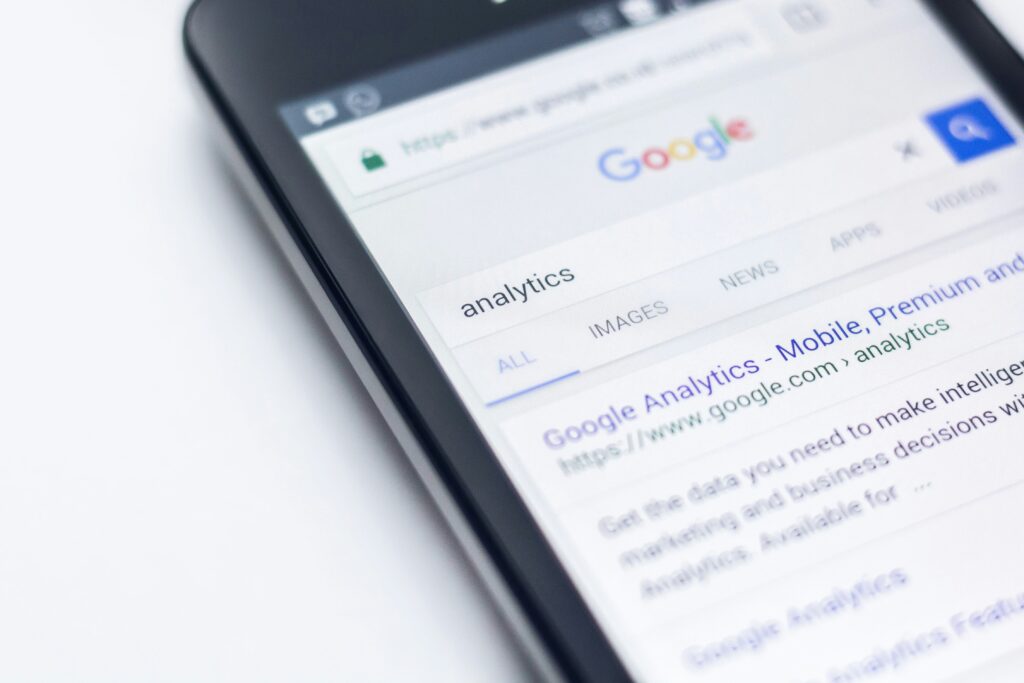
Hashtag
A keyword or phrase preceded by the # symbol used to categorize content and improve discoverability, especially on platforms like Instagram and TikTok.

A visual social media platform (owned by Meta) known for images, Stories, Reels, and influencer content. Effective for branding and visual storytelling.
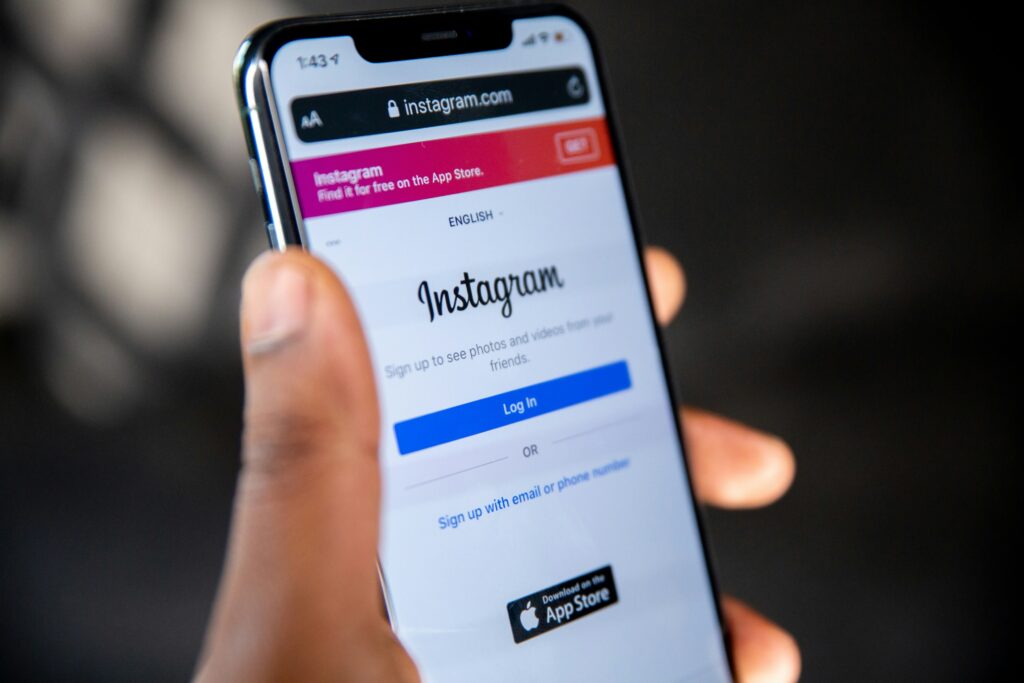
Keyword
A specific word or phrase that users type into search engines. Keywords are used in SEO and Google Ads to target the right audience.

Lead
A person or business that has shown interest in your product or service, usually by filling out a form or downloading a resource.

Lead Generation
The process of attracting and converting strangers into prospects who have expressed interest in your brand.

Lead Magnet
A valuable resource (e.g., eBook, checklist, webinar) offered in exchange for contact information.

A professional networking platform widely used in B2B marketing. It allows businesses to target users by job title, industry, company size, and more.
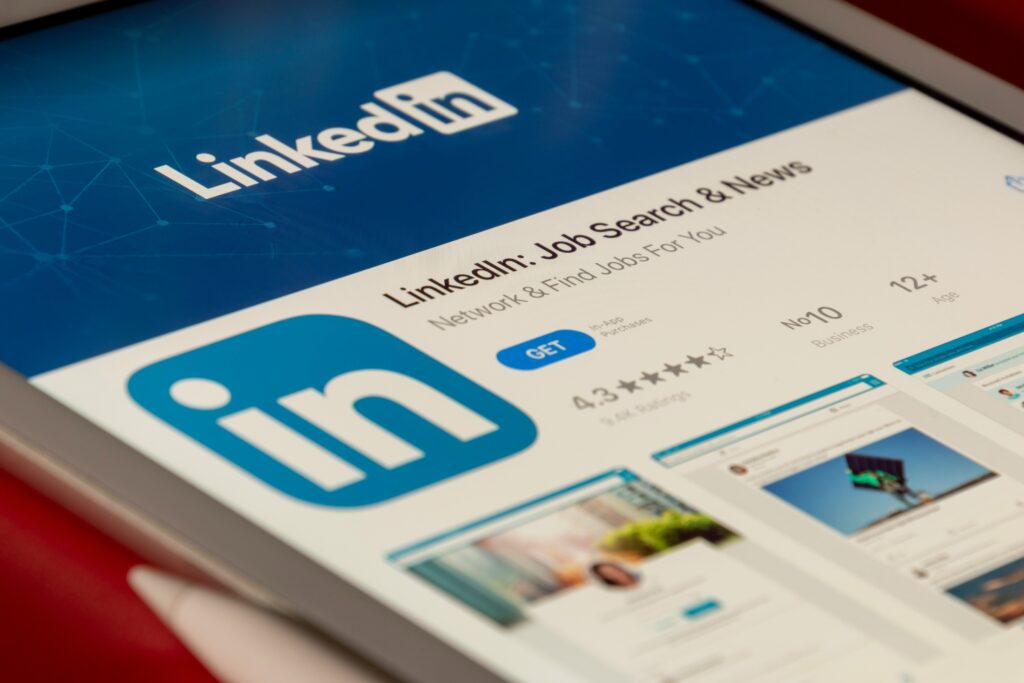
Meta
Formerly Facebook Inc. The parent company of Facebook, Instagram, WhatsApp, and Threads. Meta’s ad platform allows businesses to run ads across all of its properties using Meta Ads Manager.
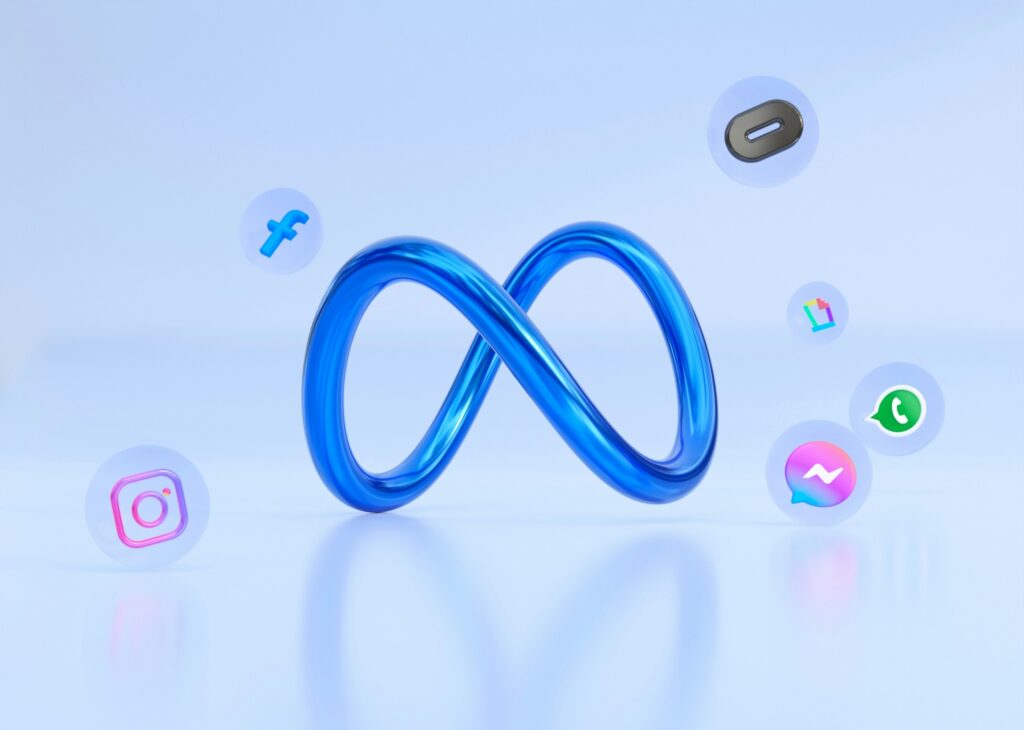
Meta Ads Manager
The centralized platform for launching and managing Facebook and Instagram ads. Offers targeting by demographics, interests, behaviors, and custom audiences.

Middle-of-Funnel (MOFU)
The consideration stage of a buyer’s journey, where prospects are evaluating different solutions or vendors.
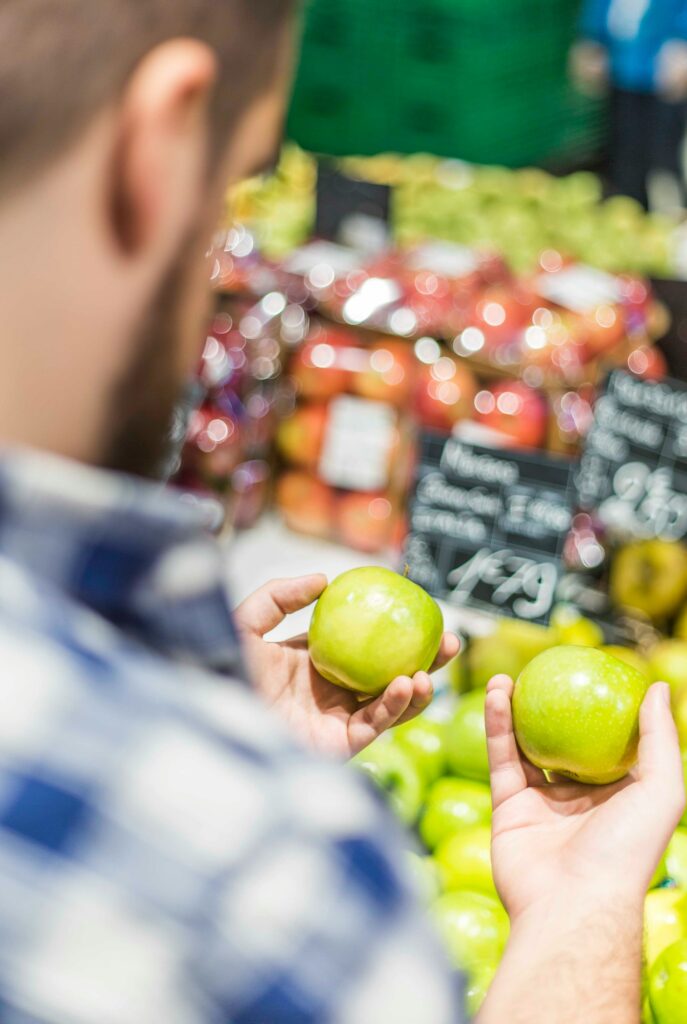
Native Lead Form
Lead capture forms that are embedded directly in platforms like Facebook, LinkedIn, or TikTok, allowing users to submit info without leaving the app.

Organic Reach
The number of people who see your content without paid promotion. This includes unpaid social media posts and SEO traffic.

Paid Ads
Refers to digital advertising you pay for, such as Meta ads, Google Ads, LinkedIn Ads, or sponsored content.

PMax
Performance Max. A Google Ads campaign type that uses automation to show ads across all Google channels—including Search, Display, YouTube, and Gmail—based on your conversion goals.
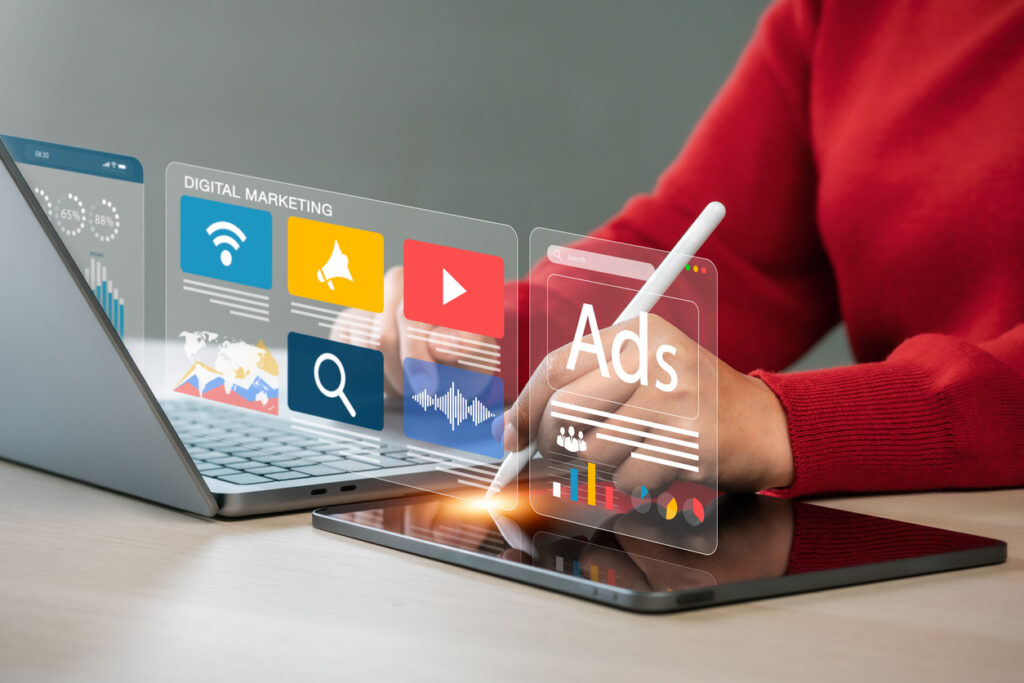
Persona
A semi-fictional profile of an ideal customer based on data, behavior, and demographics. Helps tailor messaging and content to specific audiences.
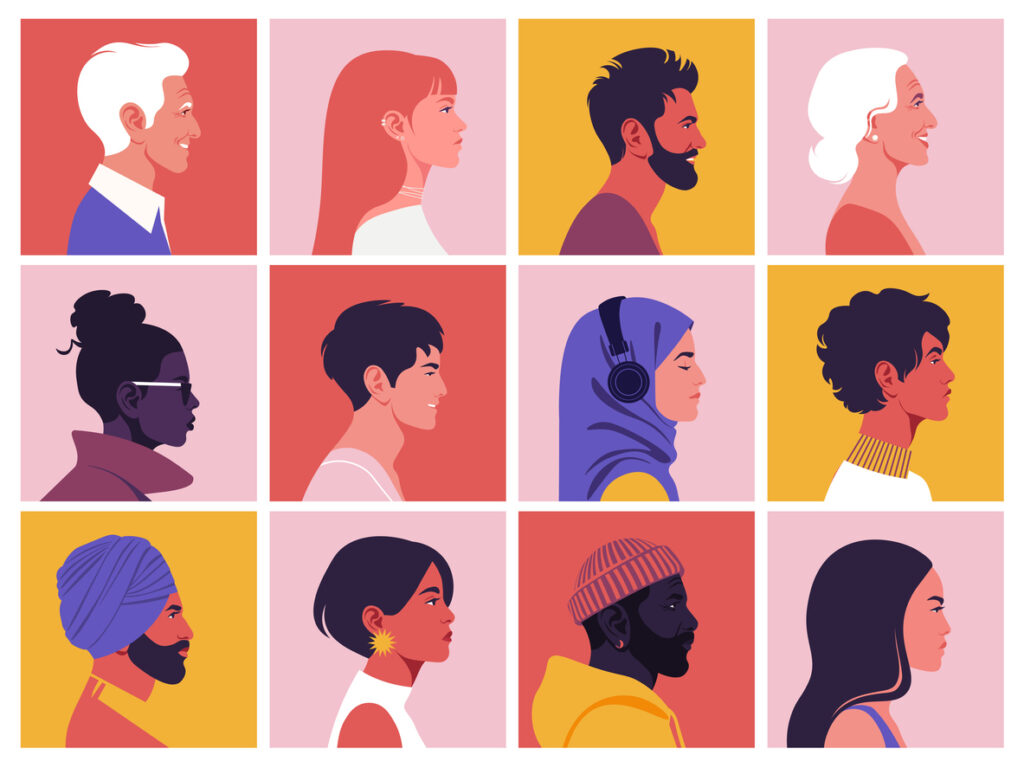
PPC
Pay-Per-Click. A model of advertising where advertisers pay each time a user clicks on their ad. Commonly used in Google Ads and Meta campaigns.
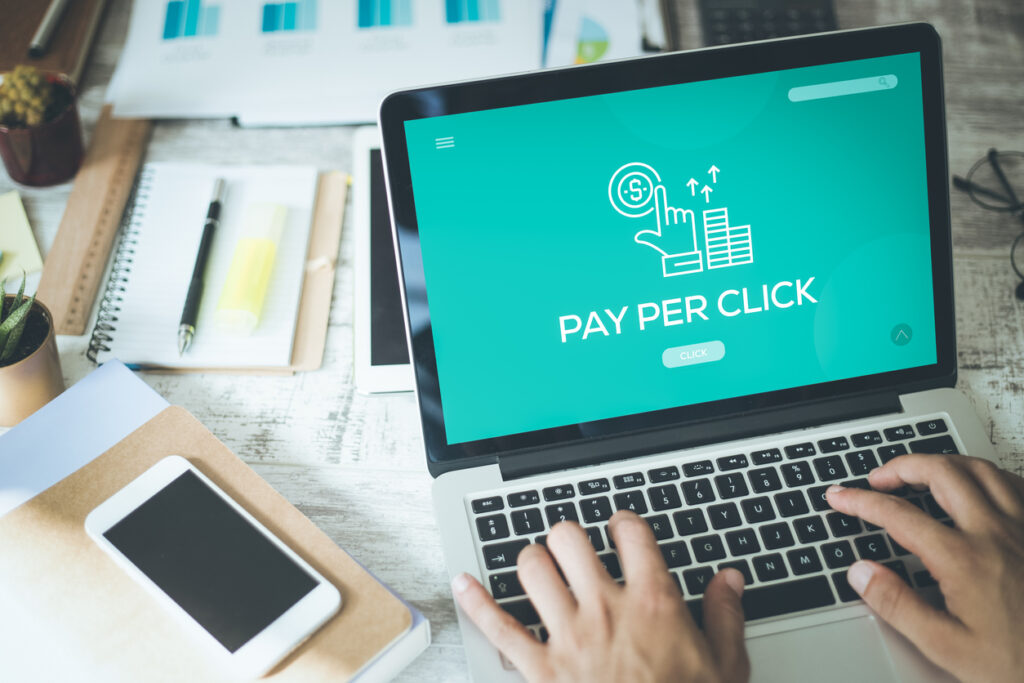
Reach
The total number of unique users who see your content or ad.

Remarketing
Ads shown to users who’ve already interacted with your brand, such as visiting your website or watching a video. Helps bring warm leads back into the funnel.

ROI
Return on Investment. A metric that compares the cost of your marketing to the revenue it generates. A key measure of marketing effectiveness.
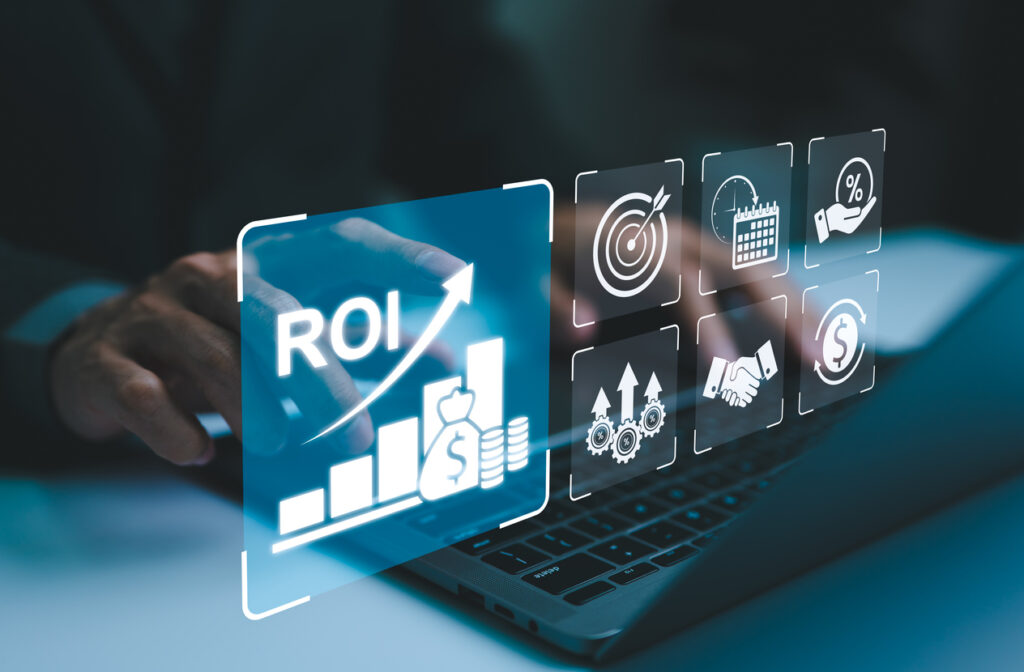
SEO
Search Engine Optimization. The process of improving your website and content to rank higher in search engine results for relevant keywords.

TikTok
A short-form video platform with strong organic reach, especially for B2C brands. Popular for visual storytelling and trend-based content.
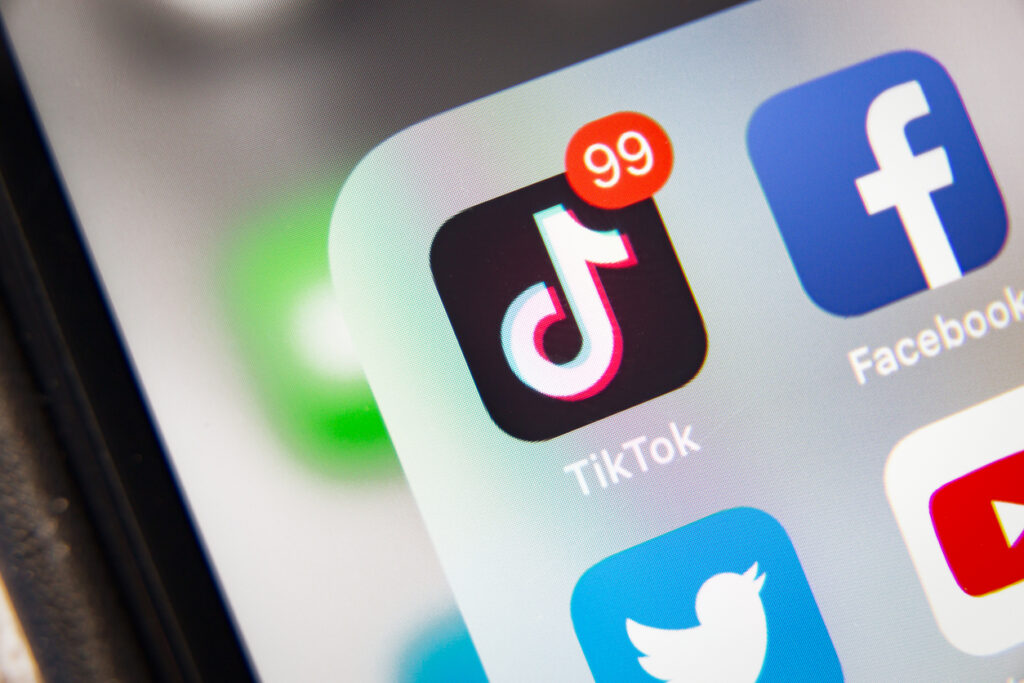
UGC
User-Generated Content. Content (photos, videos, reviews) created by customers or users, often used in marketing to build trust and authenticity.

UTM Parameter
Tags added to URLs to help track where traffic is coming from in platforms like Google Analytics. Useful for measuring ad and content performance.

Video Marketing
The use of videos to promote, explain, or engage—especially effective for top-of-funnel awareness and social engagement.
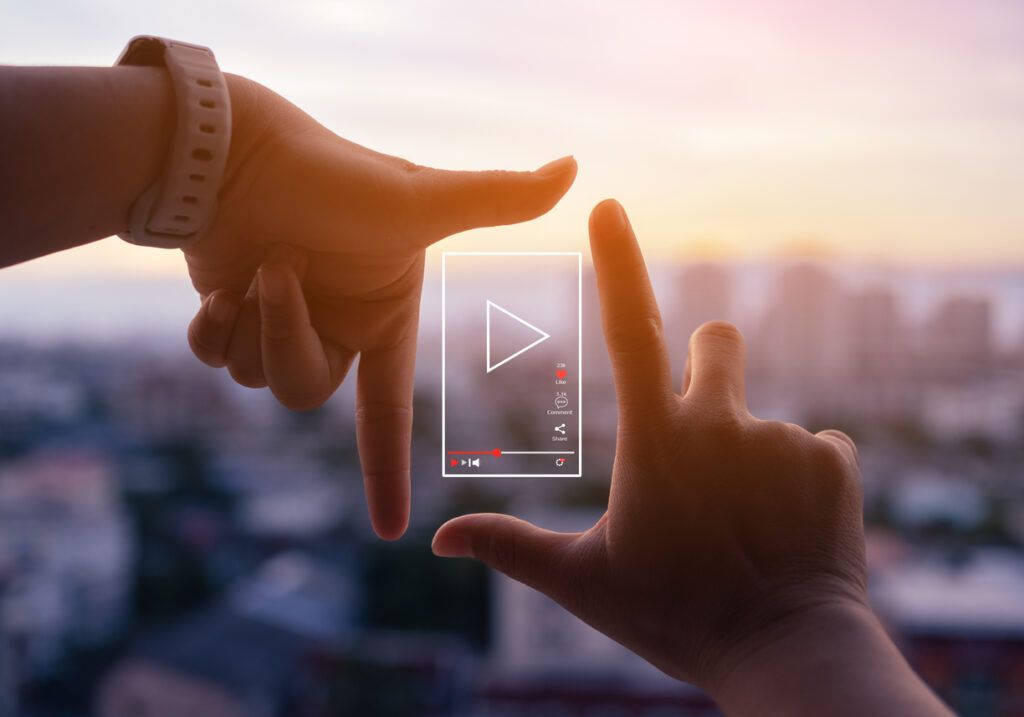
Website Conversion Rate
The percentage of website visitors who complete a desired action, such as submitting a form or clicking a CTA button.


